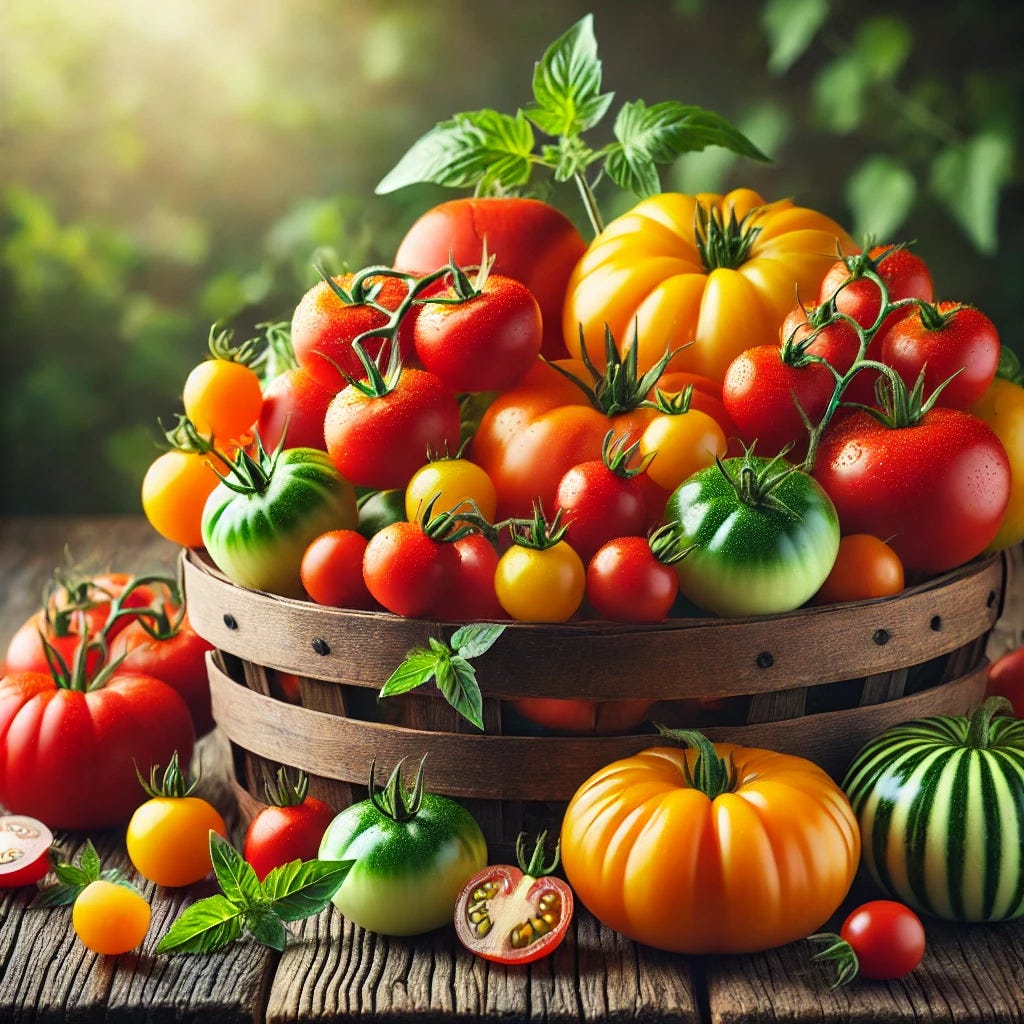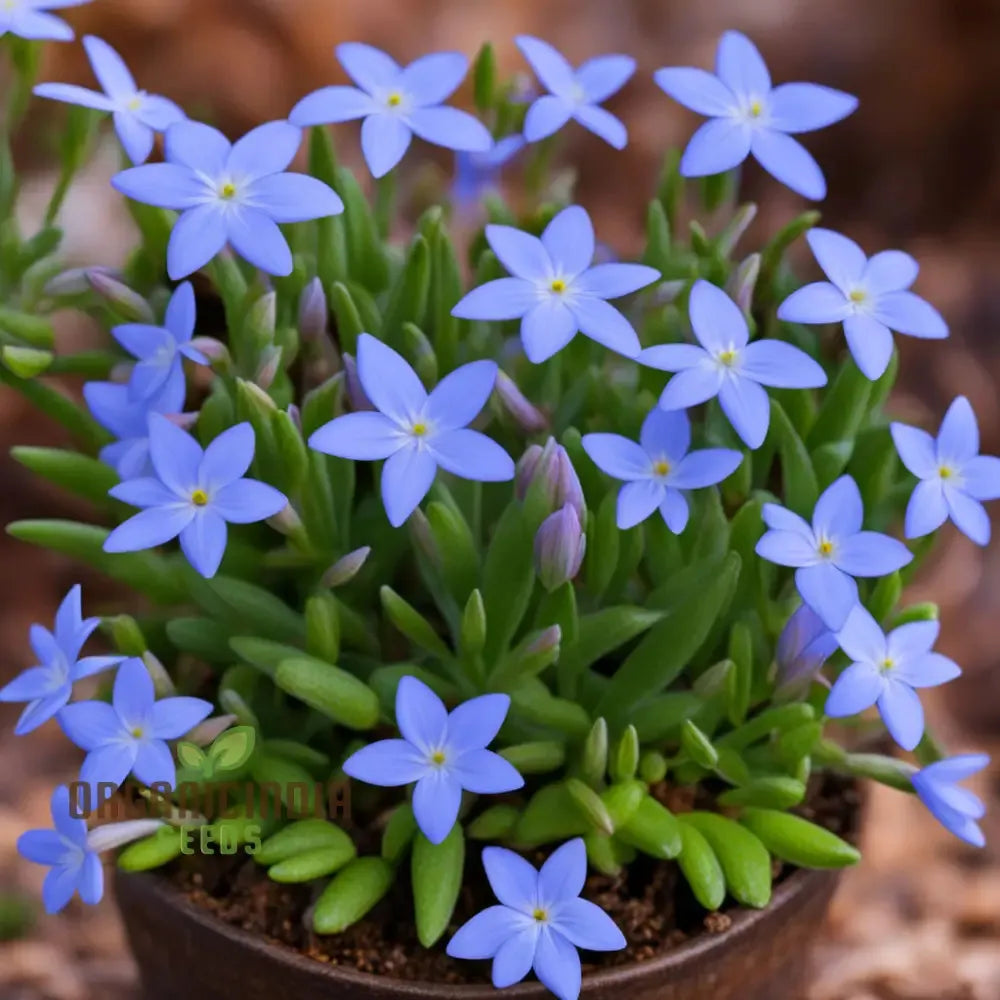Growing Hosta Plantaginea: A Guide to Fragrant, Shade-Loving Perennials
Hosta Plantaginea, commonly known as Fragrant Hosta, is a stunning shade-loving perennial prized for its large, lush foliage and fragrant white blooms. This variety is particularly known for its sweet-scented flowers, making it a standout addition to any shade garden. Whether you are looking to enhance your landscape with low-maintenance, ornamental greenery or create a serene garden retreat, Hosta Plantaginea is an excellent choice.
In this guide, you will learn everything about growing and caring for Hosta Plantaginea, including planting tips, maintenance, and ideal companion plants.

Why Grow Hosta Plantaginea?
Hosta Plantaginea is a versatile and low-maintenance plant that thrives in shaded or partially shaded areas. Here are some reasons to grow this beautiful perennial:
- Fragrant Flowers: Unlike many other Hosta varieties, Hosta Plantaginea produces large, trumpet-shaped white flowers with a delightful fragrance.
- Thrives in Shade: Perfect for shady gardens, under trees, and along walkways where other plants struggle.
- Attractive Foliage: Features broad, deep green leaves that add texture and contrast to the landscape.
- Low Maintenance: Once established, Hosta’s require minimal care, making them ideal for busy gardeners.
- Deer and Rabbit Resistant: Although not completely immune, Hosta’s are generally less attractive to wildlife than other leafy plants.

When to Plant Hosta Plantaginea
- Spring or Fall: The best time to plant Hosta seeds or divisions is early spring or early fall, when temperatures are cooler.
- After the Last Frost: If planting in spring, wait until the risk of frost has passed.
- Fall Planting: If planting in fall, allow at least six weeks before the first frost to establish roots.
Where to Plant Hosta Plantaginea
- Light Requirements: Prefers partial to full shade but can tolerate some morning sunlight.
- Soil Type: Grows best in rich, well-draining soil with good moisture retention.
- Spacing: Allow 18 to 24 inches between plants to accommodate their spreading growth.
- Containers or Ground: Can be planted in garden beds, borders, or containers for added versatility.
How to Plant Hosta Plantaginea
Starting from Seeds
- Seed Preparation: Soak Hosta seeds in warm water for 12–24 hours to improve germination.
- Soil Mix: Use a light, well-draining potting mix with organic compost.
- Planting Depth: Sow seeds just below the surface and lightly cover with soil.
- Moisture and Temperature: Keep soil evenly moist and maintain temperatures between 60–70°F (15–21°C).
- Germination Time: Seeds typically germinate in 2–8 weeks.
Transplanting or Divisions
- Dig a Hole: Prepare a planting hole twice as wide and deep as the root ball.
- Enrich the Soil: Mix in organic compost for better nutrient retention.
- Plant Positioning: Place the crown just above soil level to prevent rot.
- Water Well: After planting, water deeply to help roots establish.
How to Care for Hosta Plantaginea
Watering
- Requires consistent moisture, especially in hot weather.
- Water at the base of the plant to prevent fungal diseases.
- Avoid waterlogging, as Hostas do not tolerate soggy soil.
Mulching
- Apply a layer of mulch (2–3 inches) around the base to retain moisture and suppress weeds.
- Use organic mulch like bark chips, shredded leaves, or pine needles.
Fertilization
- In early spring, apply a balanced, slow-release fertilizer (10–10–10) to encourage growth.
- Supplement with organic compost or liquid fertilizer during the growing season for healthy foliage.
Pruning and Maintenance
- Remove dead or damaged leaves throughout the season for a tidy appearance.
- Cut back flower stalks after blooming to redirect energy to the leaves.
- In late fall, trim back foliage once it begins to die back naturally.
Pest and Disease Control
- Slug and Snail Protection: These pests love Hostas, so use natural repellents, diatomaceous earth, or copper barriers to keep them away.
- Fungal Issues: Ensure good air circulation and avoid overhead watering to prevent leaf spot and crown rot.
- Deer and Rabbits: While not entirely deer-resistant, sprinkling garlic spray or planting deer-repelling flowers nearby can help.
Companion Plants for Hosta Plantaginea
Pairing Hostas with the right companion plants can create a visually stunning and balanced garden.
Best Companion Plants
- Ferns — Add height and texture to shaded areas.
- Heuchera (Coral Bells) — Offers colorful foliage that complements Hosta greens.
- Bleeding Hearts — A shade-loving perennial that pairs well with Hostas.
Plants to Avoid
- Sun-Loving Perennials: Avoid planting Hostas near plants that need full sun, such as lavender or rosemary.
- Heavy Root Competitors: Trees and shrubs with aggressive roots can compete with Hostas for nutrients.
Plants to Avoid
- Sun-Loving Perennials: Avoid planting Hostas near plants that need full sun, such as lavender or rosemary.
- Heavy Root Competitors: Trees and shrubs with aggressive roots can compete with Hostas for nutrients.
When and How to Divide Hostas
Hosta Plantaginea can grow for years without needing division, but dividing them can improve plant health and create new plants.
When to Divide
- Best done in early spring or early fall when the plant is dormant.
- Avoid dividing in hot summer months, as it stresses the plant.
How to Divide
- Dig up the plant carefully, keeping the roots intact.
- Use a sharp knife or spade to separate the root clumps.
- Replant divisions at the same depth as the original plant.
- Water thoroughly and apply mulch to help retain moisture.
Final Thoughts
Hosta Plantaginea is a stunning and fragrant shade garden favorite that brings elegance and texture to any landscape. With its large green leaves and fragrant white flowers, this variety is a must-have for any gardener looking for low-maintenance beauty in shaded spaces. Whether planted in borders, containers, or alongside ferns and astilbes, Hosta Plantaginea will flourish year after year with minimal effort.
Start growing high-quality Hosta Plantaginea seeds today from Organic India Seeds and enjoy the beauty of this timeless perennial in your garden.



Laisser un commentaire
Ce site est protégé par hCaptcha, et la Politique de confidentialité et les Conditions de service de hCaptcha s’appliquent.